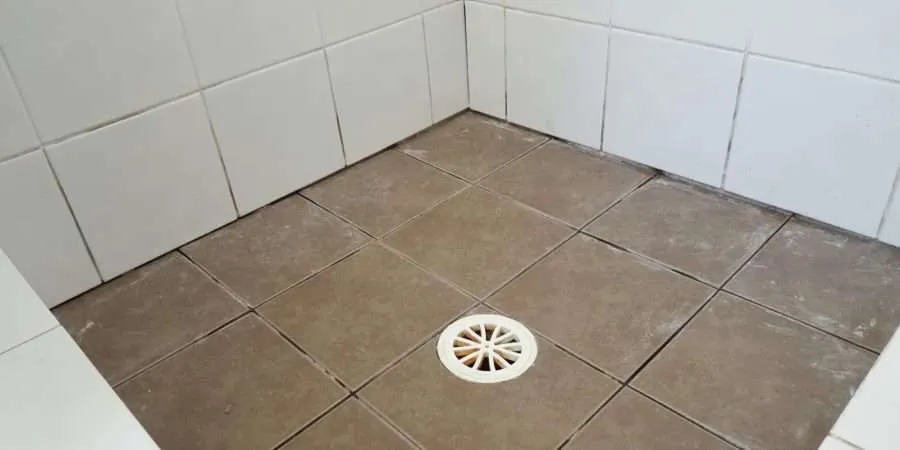Ways to Fix a Water-Damaged Wall in the Bathroom
Ways to Fix a Water-Damaged Wall in the Bathroom
Blog Article
Each person has got his or her own piece of advice in relation to How to Fix a Water Damage Bathroom.

The shower room is exceptionally susceptible for damp buildup and prospective water damages due to the regular use water in it. This article provides basic examination strategies to help discovering water damages hazards.
The frequent use of water in the shower room makes it exceptionally susceptible for damp build-up as well as prospective water damages. By inspecting it routinely, you can decrease water associated problems.
The adhering to collection of inspections is easy to carry out as well as must be done as soon as in every 3 months in order to keep your bathroom in good shape as well as to avoid prospective water problems brought on by the bath tub, the shower, pipeline joints and plumbing, sinks, cabinets, and the toilet
Do not forget performing these inspections and be detailed while executing them. Remember that these straightforward examinations can conserve you a great deal of cash by giving very early signs for water damages
Sinks and also Cabinets
Sinks and also closets are revealed to dampness and humidity daily and also are often forgotten. Evaluate consistently under the sink and also on the countertop over it. Fix any drip in the trap as it might recommend drainpipe issues. Browse the sink, slow draining pipes may show an obstructed drainpipe. Replace sink seals if they are broken or loose.
Bath tub and also Shower
The shower as well as tub need special focus and also upkeep. Inspect the tiles and change if split. Make sure that there is no missing out on cement between the tiles. Evaluate as well as replace cracked caulking at joints where the wall surfaces fulfill the floor or the bathtub. Obstructed drains pipes as well as pipes troubles will prevent the bath tub from drying out and might show major problems under the tub. Consult with a specialist right away to prevent architectural damage. Pay attention to stainings or soft areas around the bath tub wall surfaces as they may show an interior leakage.
Plumbing
Signs for water damages are hard to find since a lot of pipes are set up inside the walls.
Pay unique interest to floor covering as well as wall surfaces wetness and discolorations as they may show an unnoticeable plumbing trouble. Check dampness levels in adjacent rooms too.
The Toilet
The commode is a susceptible water joint. Check the water lines and also search for leakages around the toilet seat, in the pipe, and under the water storage tank. If you detect any type of signs of wetness on the flooring around the bathroom, look for leaks in the toilet edge and also storage tank seals.
Realize that hanging toilet dish deodorants enhances the opportunities for clogs.
10 TIPS TO PREVENT WATER DAMAGE IN THE BATHROOM
The average household uses approximately 80-100 gallons of water per person per day. For a family of 4, that's almost 2,500 gallons of water a week! The largest portion of this consumption comes from bathroom use. Flushing the toilet uses the most water, followed by taking a shower or bath. With that much water running through the home, water damage in the bathroom is bound to happen. Knowing how to spot signs of a water leak is essential to preventing long-term damage. This guide provides you with tips to reduce the impact of water damage on your bathroom.
CAUSES OF BATHROOM WATER DAMAGE
Pipe breaks are the most common cause of water damage we see in our daily jobs. The age of a pipe plays a large role in a pipe break as well as corrosion. Over time, the metal begins to break down, allowing water to escape. Frozen pipe breaks are also a concern in the winter months. Toilet overflows caused by paper products or children flushing inappropriate items. Degraded caulking around the toilet or bathtub can allow water seepage, sometimes behind the fixture, into the subfloor or walls. Condensation forms when the water in a pipe is cooler than the air temperature. Beads of water form on the exterior of the pipes, sometimes so much so that the water begins to drip and pool below. Sink or shower backups created by poor drainage. HOW TO PREVENT WATER DAMAGE IN YOUR BATHROOM
Inspect your toilet supply line for worn or frayed hoses and replace them as needed. Winterize your plumbing to prevent a frozen pipe break. Use vent fans to prevent condensation that can lead to mold growth. Routinely check and replace degraded caulking around your toilet or bathtub. Increase the temperature in your toilet tank and insulate your pipes during the warm summer months to keep condensation from forming. Use child safety locks on the toilets. Flush only toilet paper. "Flushable" wet wipes are actually not good for your plumbing system. Additionally, feminine hygiene products should not be flushed. Prevent water from escaping the tub or shower. Make sure shower curtains are in good condition. Inspect shower doors and replace the seal strip if necessary. Wipe up any water that accumulates on the floor and use bath mats. Water left to sit can cause damage to the tiles and flooring. Refrain from using bath products containing heavy oils to avoid a clogged drain.

I stumbled upon that blog entry on How to Prevent Bathroom Water Damage when doing a lookup on the internet. Liked our posting? Please share it. Help others discover it. Many thanks for your time invested reading it.
Visit Url Report this page